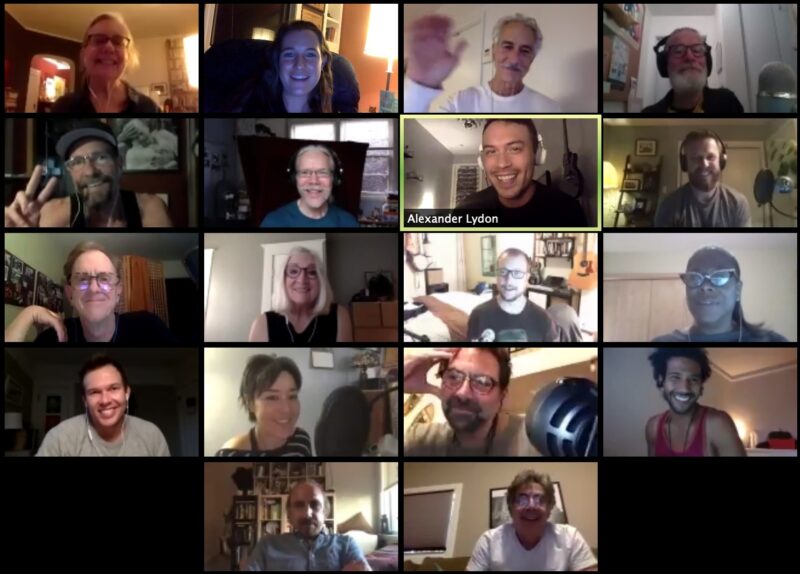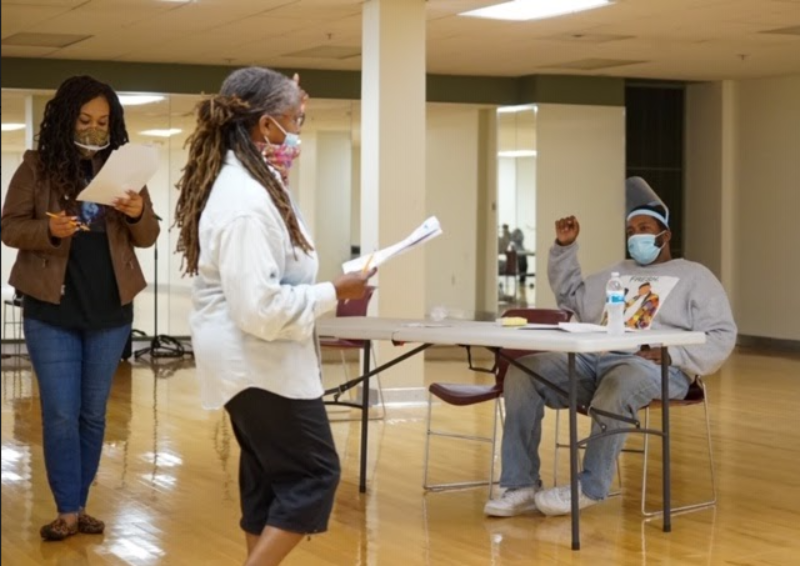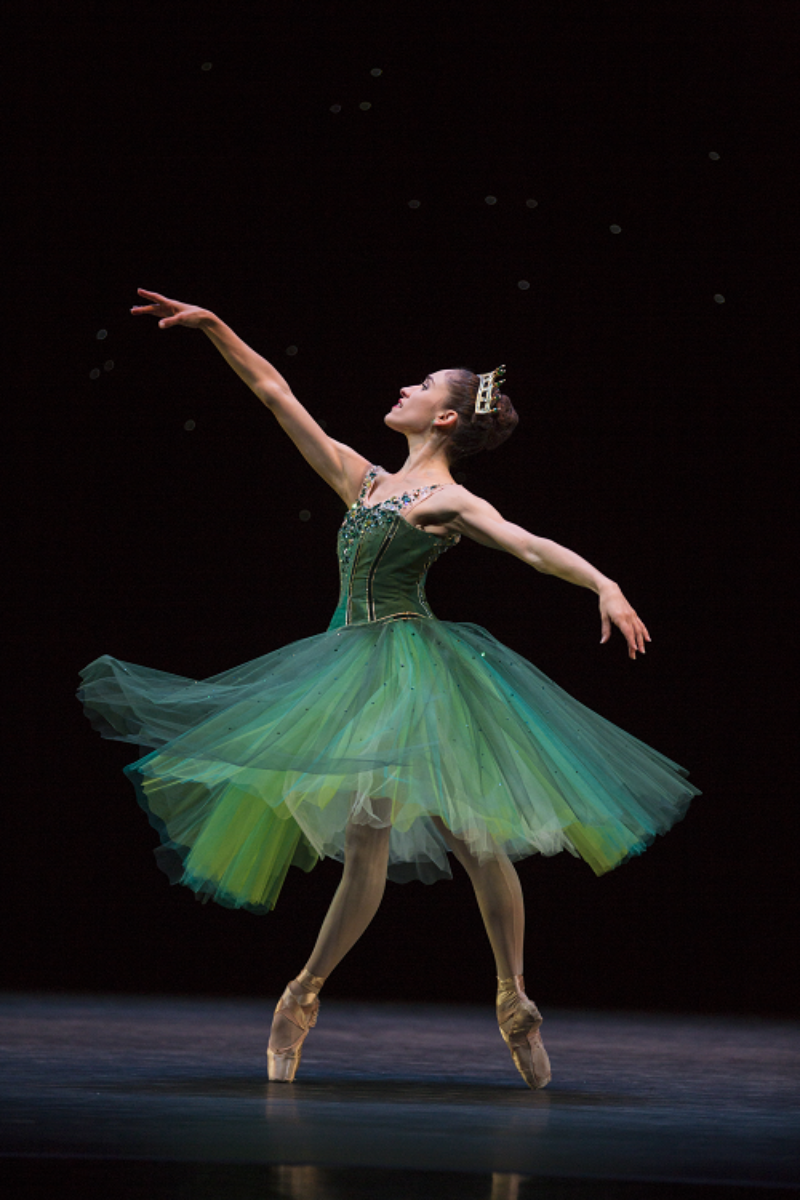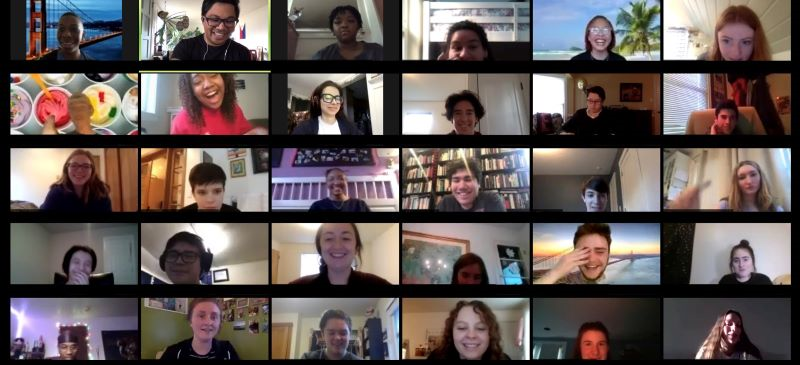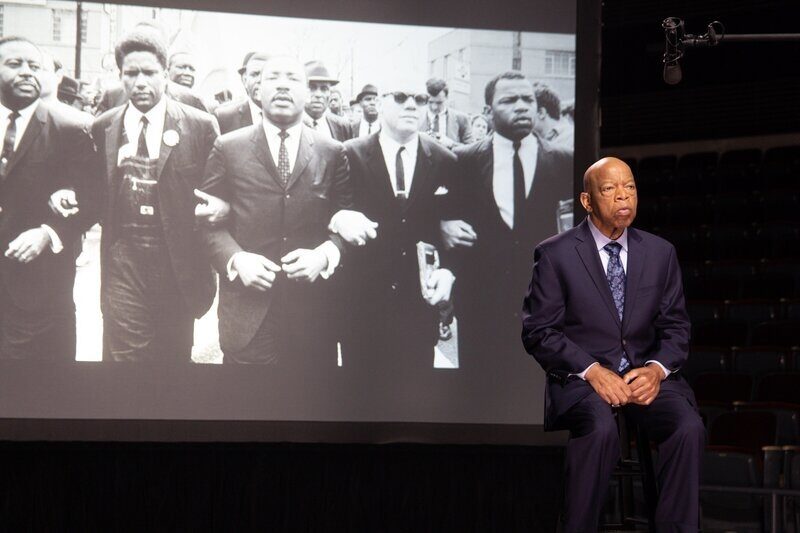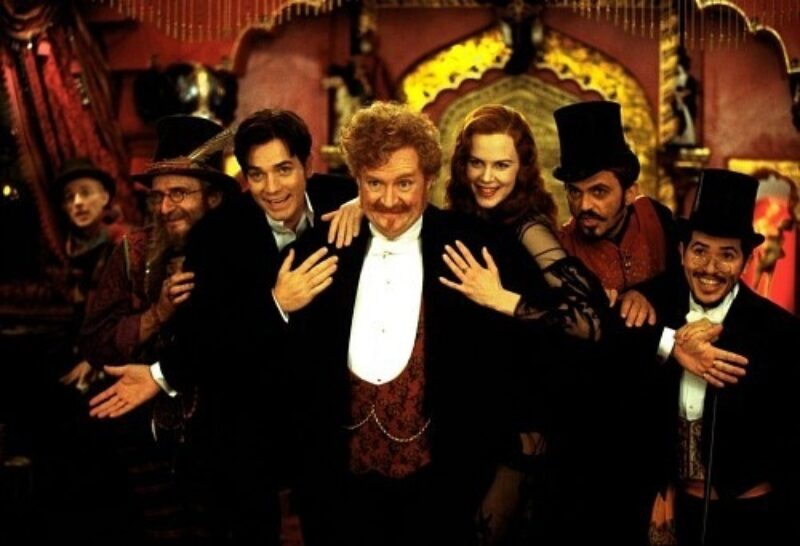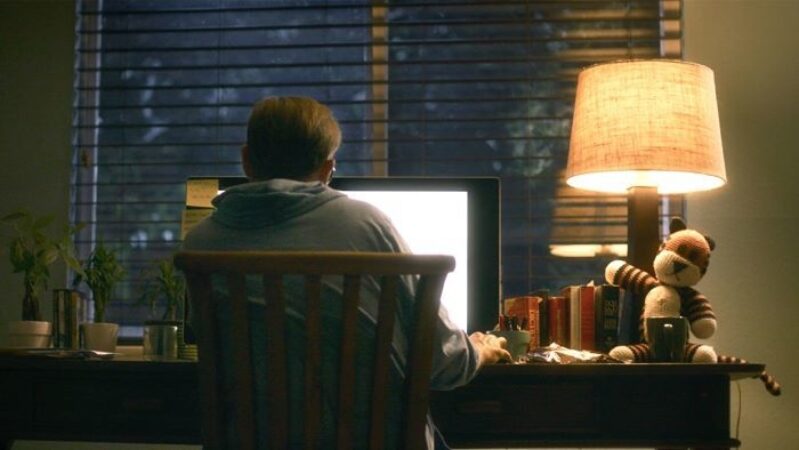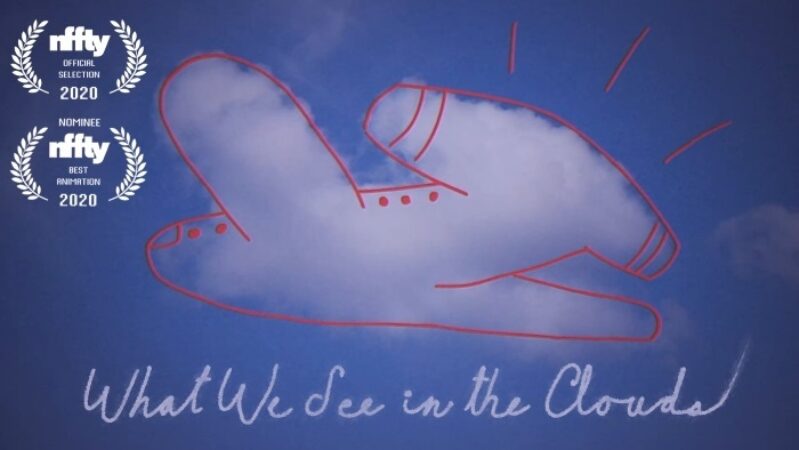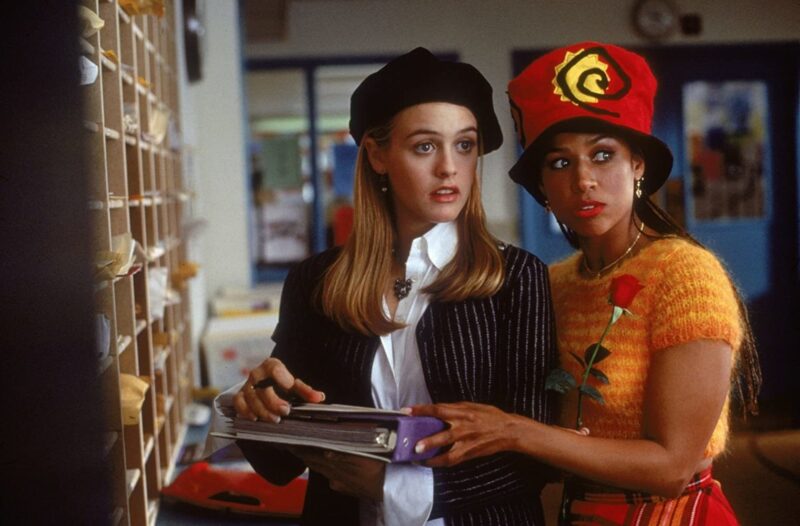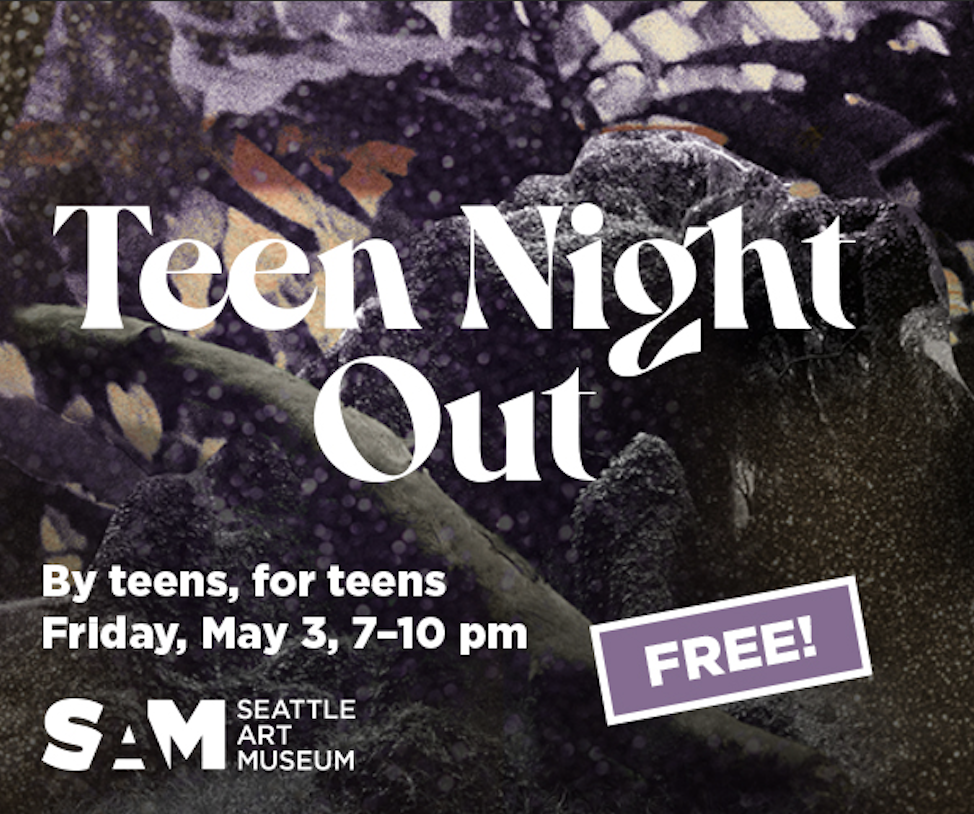The first scenes when watching Our Time Machine are of shadow puppets, held up to a light against a translucent screen. The warm, gentle light filtering through the yellowing paper; the lifelike, flowing movements of the son puppet pedalling on a bicycle as his aging father chases after him; the soft glow highlighting the son in bed; the tinkling of toys and bikes; this whole opening oozes of nostalgia, the memories of being a child. Much like Papa’s Time Machine, the play this scene is taken from, this movie is an ode to a child’s memories of his father.
Directed by Yang Sun, S. Leo Chiang, and Shuang Liang, (and produced by Yang Sun and S. Leo Chiang), Our Time Machine follows an artistic photographer, Ma Liang (Maleonn) on a journey to create, fund, and ultimately perform his play Papa’s Time Machine, a tribute to his father who is ailing from Alzheimer’s disease. Our Time Machine is a phenomenal movie. Most documentaries are built on going from one idea or fact to the next. In the context of the genre this is not a bad thing, documentaries are meant to convey information in an understandable manner to an audience. However, Our Time Machine is unique in how it is built like a true movie. It has unique pacing and plot points that keep you interested in the story of Maleonn as he struggles to create and fund his project as a tribute to his father. The sampling of interviews and behind-the-scenes footage are deliberate and well-used. Not a single scene is unnecessary. For example, there is a scene in the latter half of the movie where Maleonn's parents are moving to a retirement home. This is payoff to an earlier scene with Maleonn wishing to buy a house for them, but his mother expressing how she is being overwhelmed by his father’s deteriorating state. There is a scene where the mother and father are in a car, and the mother is declaring their moving to the home. Although short and without explicit dialogue, one can feel the emotion behind the scene. In addition, there are many scenes without explicit emotional reconciliation, and are upsetting emotionally; these examples demonstrate how reality is unkind, and oftentimes unforgiving.
Maleonn with bird puppet. Photo credit: Maleonn Studio

